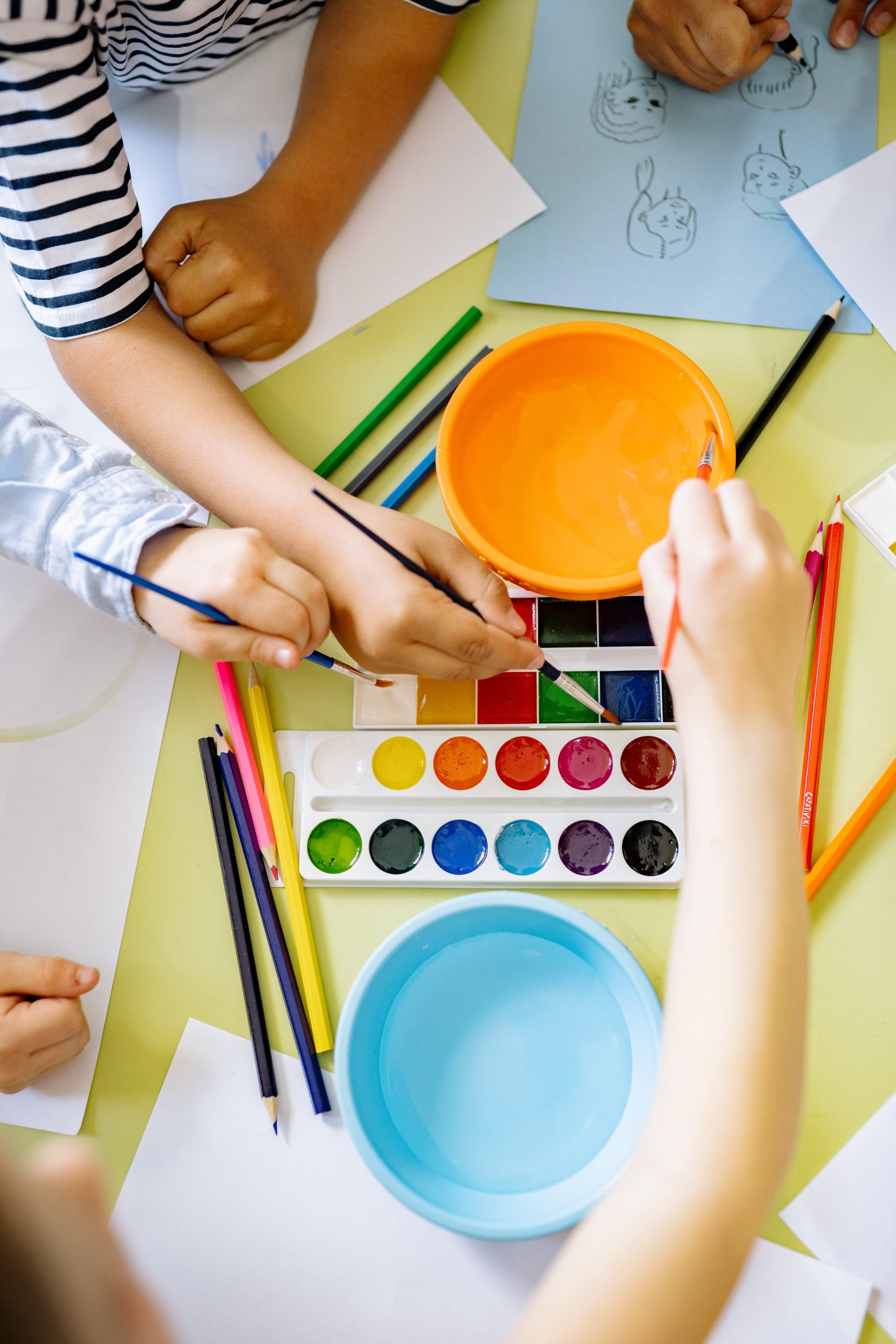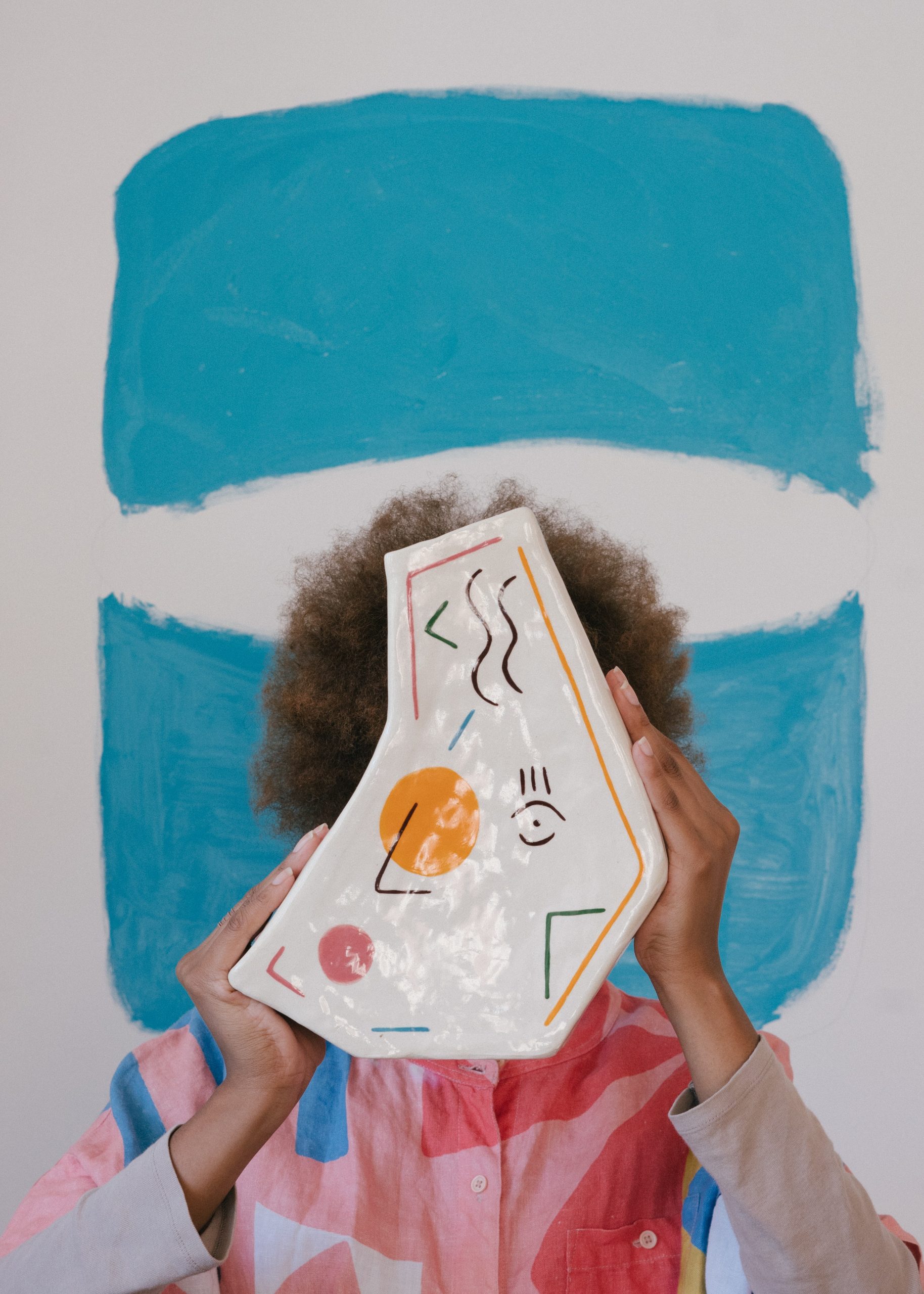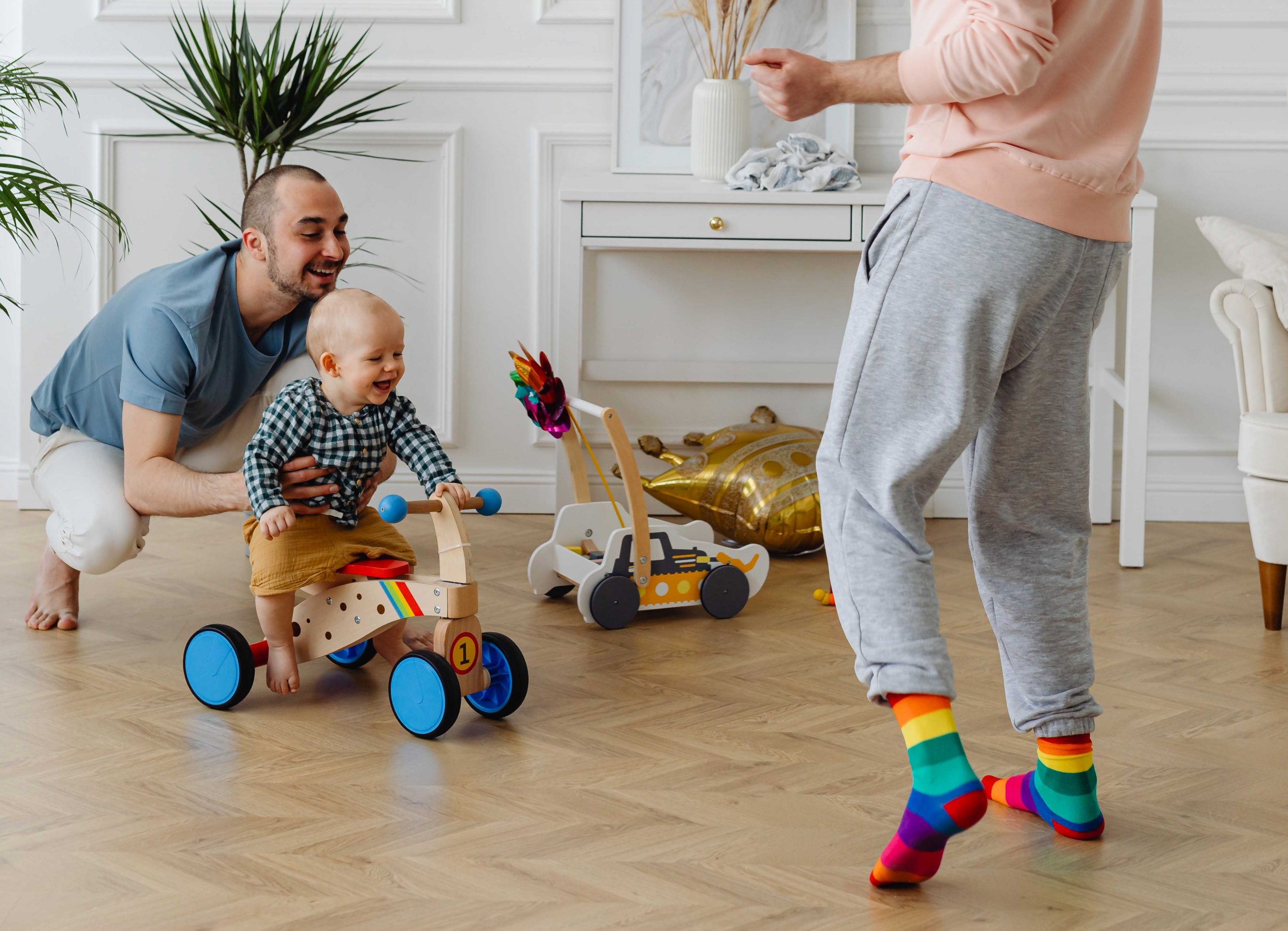What Research Says About Encouraging Creativity At All Ages
Creativity is one of the fundamental skills kids need to have as they grow and learn. It’s the foundation for problem-solving and innovation, and it can give them tremendous opportunities in their career. But is creativity a personal trait that your child either “has or doesn’t have,” or is it something that can be encouraged and developed?
Researchers have been investigating creativity for decades to understand how it works and how it can be enhanced. The overwhelming conclusion seems to be that creativity is inherent in all of us from an early age and that it’s a skill that can also be strengthened or lost. In fact, a research project that analyzed 70 studies into creativity training programs found that well-formed programs could be effective for essentially all people.
Your child’s creative abilities are constantly shifting throughout their development. Understanding those changes can help you foster creativity along the way. Let’s take a closer look at the research into creativity at various ages and research-backed ways to encourage your child’s creativity.
Babies

Your baby is growing and developing at an incredible rate in their first year of life. The renowned Jean Piaget, a crucial pioneer in the study of cognitive development, deemed this the “sensorimotor stage” from birth to two years of age. This is the time when kids start to learn representational play and understand symbolism. The foundations of your child’s creative thinking start to develop as early as six months to one year of age.
Encouraging Creativity in Babies
As your baby is developing the foundations of creativity, playtime is a crucial part of their growth. You can expand their creativity from the start by handing them toys that make noise like maracas and rattles, as this teaches them that they can create sound.
Books are another excellent way to stimulate your baby’s creativity. Simply placing the book in front of them for them to explore during tummy time can help them begin to understand shapes and artwork. Remember, bold and starkly contrasting colors are best for babies’ vision.
Toddlers

According to Piaget, age two is when toddlers enter the “preoperational stage.” This is when they start to truly think of things symbolically. You’ll often see this in the form of imitation play: your toddler might pretend to cook dinner the way you do or go to work the way you do.
This is also a vital stage in creative development because, during this stage, your child starts to give living characteristics to non-living things. You might see them say that their dolls have certain likes and dislikes, for example.
Encouraging Creativity in Toddlers
To help your toddler develop creativity, try asking them questions as they play to help them form ideas. If they are playing with a doll, for example, ask them what the doll’s favorite color is or where the doll and her friends like to go for fun. This is also an age when you can start introducing your child to “creation” toys, like large building blocks they can use to create something new.
Preschool-Aged Children

While preschool-aged children are still in the “preoperational stage,” these years are particularly instrumental in their creative development as their little brains keep developing and they don’t yet have the academic pressures of school and grades. Research shows that attending preschool can truly help kids take advantage of this opportunity. A study measured kids’ creativity before and after preschool education and found that the typical preschool curriculum improves creativity.
Encouraging Creativity in Preschool-Aged Children
In addition to enrolling your child in preschool, there are plenty of ways to encourage creative thinking as they develop. This is the ideal age to lean into toys that allow your child to build things, like magnetic pieces that connect together to create designs, structures, animals, and more. This starts teaching kids that they can create anything they can imagine.
As your child plays, consider playing positive, upbeat music too. Listening to music enhances creative thinking, and one particular study found that “happy music” was the key – they used classical music with an upbeat and positive tone. Consider playing this type of music in your home often, especially during playtime.
Primary School-Aged Children

When kids reach ages 7-11, this is the “concrete operational stage” according to Piaget. This is when kids start to understand logic and problem solving.
Here’s the unique problem with this age range, though: while it’s a prime time for kids to use their creativity to come up with problem-solving solutions, it’s also the time when their creativity often starts to decline. A NASA study gave a group of kids a test of creativity and found that at ages 4 and 5, 98% of those kids scored at a “creative genius” level. When these same kids were 9 and 10 years old, only 30% scored at that level, and by the time the kids were 14 and 15, it was down to 12%.
While there hasn’t been any solid conclusion, the most common theory is that creativity drops because of our modern educational system’s emphasis on standardized testing, which forces schools to teach memorization rather than giving kids the time and opportunity to learn through creative problem-solving.
Encouraging Creativity in Primary School-Aged Children
One way to help your young kids to think more creatively is to get them moving as they’re creating. A study by Stanford University found that an amazing 81% of participants performed better on creative tasks when they were walking while performing them, compared to when they were sitting. While this could be for any number of reasons, it’s likely to be because moving your body improves the circulation to your brain. You can put this to use by giving your child creative activities that involve moving around at the same time.
You can also encourage your child’s creativity by leaning them toward creative play activities. For example, ask them to draw you a picture instead of playing a video game, or work with them to create and put on a play for the rest of the family.
Teenagers

In Piaget’s outline of cognitive development, kids reach the “formal operational stage” at age 12. This is when they can start to wrap their minds around abstract concepts and problem-solve without needing physical representations of the problem. This is when kids’ creativity has the potential to truly reach its greatest heights because they can now develop entirely new abstract ideas.
Encouraging Creativity in Teenagers
As grown as your teen might think they are, it isn’t too late for you to stimulate their creativity. Take note of the types of creativity they seem to enjoy, whether that includes music, visual arts, drama, or other art forms. Encourage and praise their pursuit of those creative outlets.
A more positive mood seems to allow teens to unleash their creativity. One study found that people were more creative when thinking positively compared to when they were thinking negatively or were anxious. Teaching your teen to be optimistic and consider the best possible scenario could help them develop their creativity.
Adults

Unsurprisingly, research shows that adults tend to have far lower creativity than kids do. In one experiment, preschoolers and undergraduate college students were given creativity-based tasks to complete and the preschoolers outperformed the college students.
Encouraging Creativity in Adult Children
As they say, a parent is a parent forever. Even if your child is an adult, you can still help to foster their creativity by supporting their creative endeavors, like art projects and creative writing. You can lead by example, too, by telling them about your own creative projects or even inviting them to work on those projects with you.
Using Research to Develop Your Child’s Creativity
If you want to help your child put their natural creativity to use, you can do this at any age. Creativity isn’t something that goes away completely – it just needs to be practiced and honed like any other skill. Use the research-backed tips and ideas above to help your child access their creative side.
